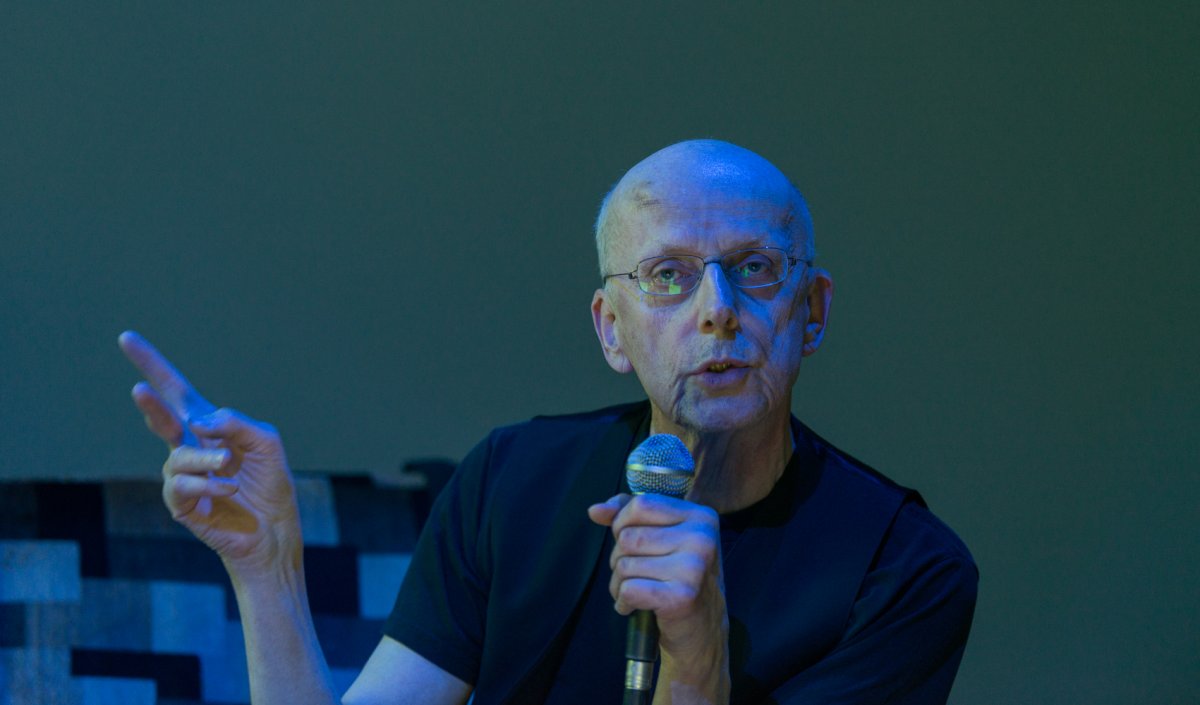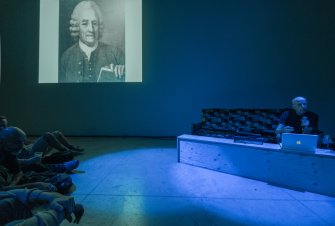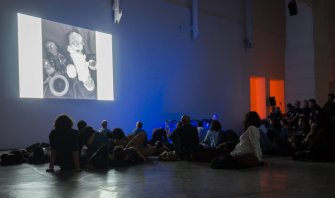Swedenborg's Organ
Leif Elggren
Swedenborg's Organ è una sound performance 'illustrata' che nasce da un'esperienza singolare: la scoperta di un organo da camera custodito nella residenza estiva del filosofo, scienziato e mistico svedese del XIX° secolo Emanuel Swedenborg, a Stoccolma. In quel luogo Leif Elggren ha registrato i suoni dello strumento e i rumori dell'ambiente che lo ospitava. Pavimenti scricchiolanti, cigolii di porte, tonfi e rombi, introducono il lento dispiegarsi di una musica astratta, una sorta di lamento che ricorda le registrazioni di Gurdjieff o certe sonorità dei Nurse With Wound. A prescindere dai riferimenti, Swedenborg's Organ dà voce al percorso eccentrico di Swedenborg, figura che ebbe una prolifica carriera come inventore e scienziato ma, nel 1741, all'età di 53 anni, entrò in una fase mistica cominciando ad avere sogni e visioni che ne modificarono profondamente il percorso intellettuale. A partire da quel momento Swedenborg, cercherà di integrare nella sua ricerca i due elementi, quello scientifico e quello spirituale, arrivando all'elaborazione di un originale concetto della coscienza spirituale come fonte i cui organi fisiologici sono destinati a contenerne le forze. Questo lavoro di Leif Elggren condensa in una sovrapposizione fortunosa il doppio incontro con l'organico, tra materialità e forze impalpabili.
Swedenborg's Organ is a piece by Leif Elggren that begins as a talk about a man called Emanuel Swedenborg, who studied physics, mechanics and philosophy, and read and wrote poetry. He had a prolific career as an inventor and scientist, but in 1741, at age 53, he entered into a spiritual phase in which he began to experience dreams and visions that culminated in a 'spiritual awakening’. Swedenborg insisted that conscience was an actual spiritual organ, He conceived all the organs in the human body as representatives of the scope and boundaries of specific organic functions. Without these vital organic structures, the signals coming from our brain would not be able to transform their charges into coherent action and would thus diffuse into thin air. So our vital organs serve as recipient forms to hold the brain’s influences. With Swedenborg's Organ Leif Elggren presents a sound narrative constructed around his own extraordinary experience of encountering a music organ at Swedenborg's former Summerhouse in Stockholm. Elggren 'plays' a recording of someone playing Swedenborg's organ: the sound of creaking floorboards, squeaks and moans, thumps and rumbles, precedes a truly haunting stretch of slowly unfurling, abstract, almost-organ music, a kind of lament reminiscent of the recordings of Gurdjieff or Nurse With Wound's sounds. The live work has been recorded and released by The Tapeworm in All Animals Are Saints.



